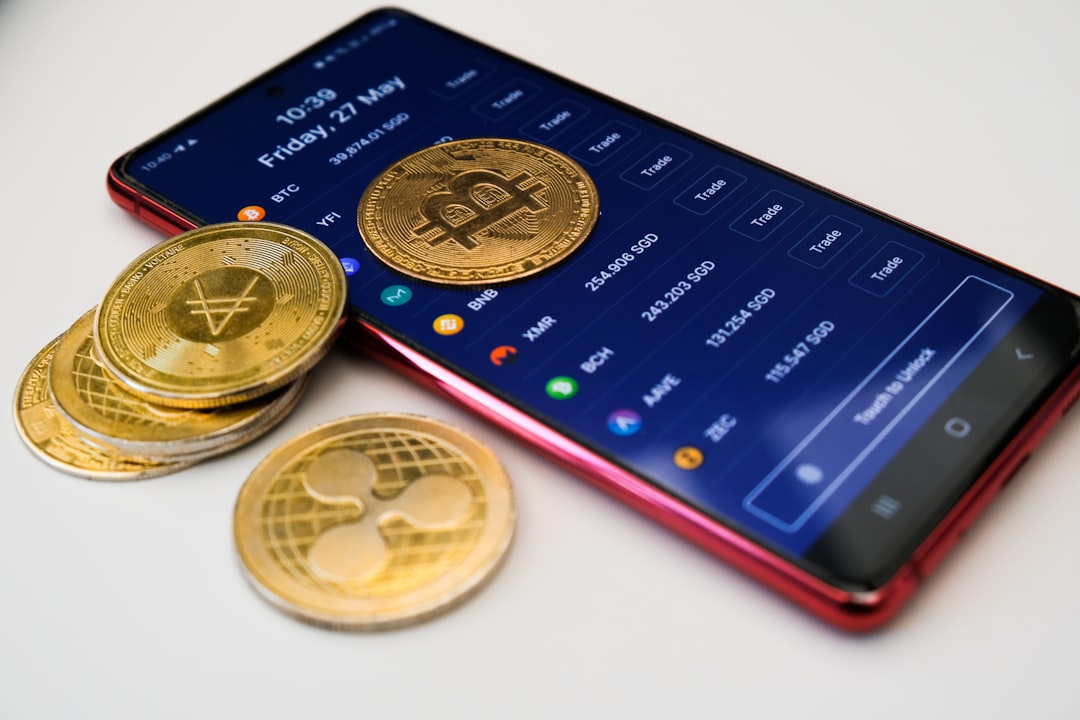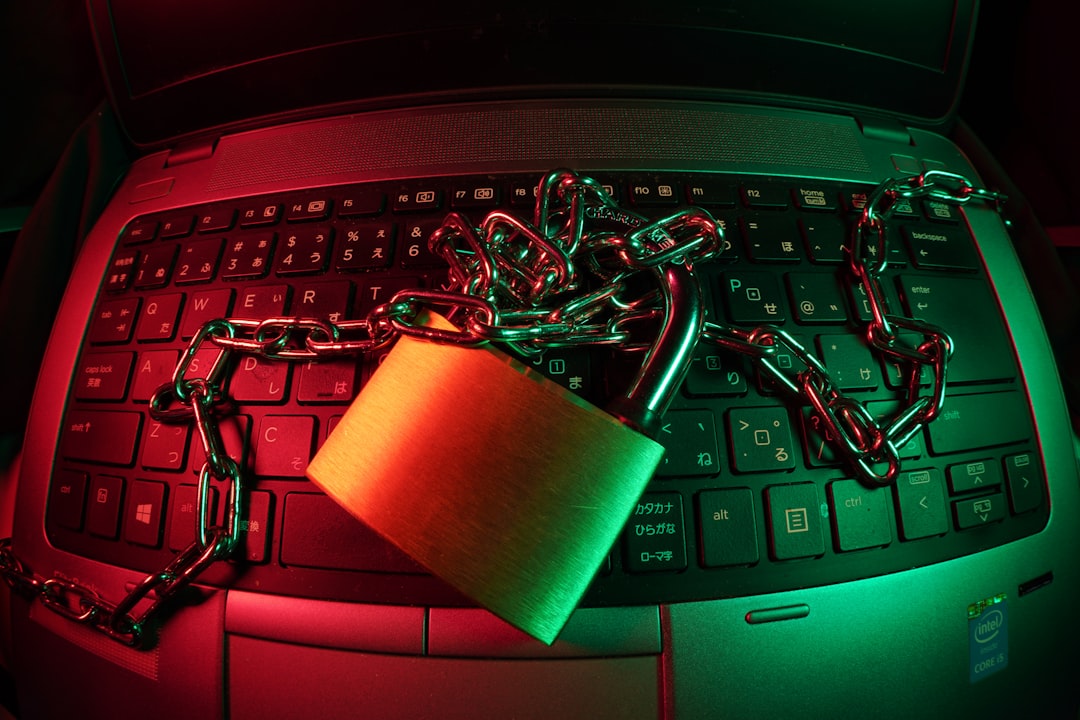Cryptocurrencies have evolved rapidly over the past decade, turning from a niche experiment into a global financial movement. As more people invest in digital currencies, one essential tool is indispensable: the crypto wallet. A crypto wallet is where users securely store, send, and receive digital assets like Bitcoin, Ethereum, and countless others. But with great power comes great responsibility—securing a crypto wallet isn’t just recommended; it’s absolutely crucial.
Whether you’re new to crypto or seeking to upgrade your wallet practices, this guide provides a comprehensive look at opening a crypto wallet safely and securely. Let’s explore the top tips to ensure you’re not just opening a wallet, but doing so with the best security measures in place.
1. Understand the Different Types of Wallets
Opening a crypto wallet safely starts with choosing a reputable provider, enabling two-factor authentication, and securing your private keys offline. Always double-check URLs, avoid public Wi-Fi during setup, and keep your recovery phrases stored in a safe place. As crypto payments continue to grow, taking these precautions ensures your digital assets remain protected from common security risks.
Before diving into the security aspect, it’s important to understand the different types of crypto wallets you can choose from:
- Hot Wallets: These are connected to the internet and include software wallets and web-based wallets. Examples include MetaMask and Trust Wallet.
- Cold Wallets: These wallets are offline and include hardware wallets and paper wallets. They offer heightened security and are ideal for long-term storage.
The choice between a hot or cold wallet typically depends on how frequently you plan to access your digital assets. For maximum security, consider storing large amounts in a cold wallet and smaller, frequently used amounts in a hot wallet.
2. Choose a Trusted Wallet Provider
This might seem obvious, but countless users fall victim to fake apps or shady platforms. Always choose a wallet with a strong reputation. Here’s what to look for:
- Open-source code: Community-reviewed wallets are more transparent and trustworthy.
- Positive reviews: Check forums like Reddit or credible sources like CoinDesk for user feedback.
- Official websites: Only download from the wallet’s official page or trusted app stores to avoid downloading fake apps.

3. Enable Two-Factor Authentication (2FA)
Most reputable wallets support two-factor authentication—use it! Enabling 2FA adds a second layer of protection, usually a rotating code generated by an app like Google Authenticator or Authy. This means that even if someone steals your password, they still can’t access your wallet without the code.
Also, avoid SMS-based 2FA if possible. SIM swap attacks are a real threat and have resulted in numerous wallet breaches. Authenticator apps are generally more secure and reliable for this purpose.
4. Secure Your Private Keys
Your private key is the master key to your crypto wallet. Lose it, and you lose access to your assets. Expose it, and someone else could steal everything. Here’s how to protect your private keys:
- Never share or take a screenshot of your private key. Treat it like your bank PIN, but even more important.
- Write it down and store it somewhere safe. Use a fireproof safe, or consider multiple geographic storage locations for redundancy.
- Avoid digital storage. Don’t store private keys in cloud services like Google Drive or Dropbox—they’re common breach points.
Remember: when it comes to crypto, you are your own bank. That responsibility includes securing your vault properly.
5. Create and Store a Robust Backup
Alongside private keys, wallet recovery phrases (seed phrases) are vital. This group of 12–24 randomly generated words is used to recover your wallet if you lose access. Follow these best practices:
- Write the phrase down: Never save it digitally.
- Keep multiple copies: Store them in secure locations, like a bank deposit box or a locked safe.
- Use metal backup plates: Fireproof and waterproof plates are available for long-term durability.
Losing this phrase is akin to losing your private keys—it means permanent loss of access to your funds. Again, redundancy is key.
6. Stay Up to Date on Wallet Updates and Patches
Developers update wallet software to patch vulnerabilities and enhance features. If you delay installing updates, you leave your funds exposed to known exploits. Make a habit of:
- Regularly checking the official website or app notification center for updates.
- Enabling auto-updates where safe and possible.
- Staying informed about new threats or scams in the crypto world.

Security is a moving target. What’s safe today may not be tomorrow. Staying updated ensures you have the best tools to fend off emerging threats.
7. Use a Hardware Wallet for Long-Term Holdings
If you’re holding significant amounts of crypto, a hardware wallet is arguably your safest bet. These USB-like devices store your private keys offline and interact with computers only when needed. Some top hardware wallets on the market include:
- Ledger Nano X
- Trezor Model T
- KeepKey
Even if your computer is infected with malware, hardware wallets ensure that your keys aren’t exposed. Just make sure to buy directly from the manufacturer to avoid tampered devices.
8. Be Aware of Phishing Scams
Phishing is one of the most common ways hackers steal from crypto users. Watch out for:
- Fake emails claiming to be from your wallet provider.
- Imposter social media profiles offering “support.”
- Fraudulent websites mimicking real crypto platforms.
To avoid falling victim:
- Double-check URLs before entering your information.
- Never click on links in unsolicited crypto-related emails.
- Bookmark trusted pages and access through those links only.
Education is your best defense. The more you know about scams, the better prepared you’ll be.
9. Consider Multi-Signature Wallets
Multi-signature wallets (or multi-sig) require more than one key to authorize a transaction—just like joint bank accounts that need approval from multiple parties. Benefits include:
- Added protection against unauthorized transactions.
- Ideal for partnerships or large organizations managing shared crypto funds.
- Reduces the risk of single-point failure.
There are many multi-sig solutions for both web-based and offline wallets. They are especially useful for business users or cautious individual investors.
10. Practice Safe Computing Habits
Your wallet security is only as strong as your device’s security. Make sure you:
- Use antivirus and anti-malware protection.
- Regularly update your operating system and all applications.
- Use a VPN and avoid using public Wi-Fi for transactions.
Pro-tip: Consider using a dedicated device exclusively for accessing your wallet. No gaming, no browsing—just crypto. This minimizes potential attack vectors to an extreme degree.
Final Thoughts
The decentralized nature of cryptocurrencies offers tremendous freedom, but it also comes with immense responsibility. There’s no “forgot password” button in the crypto space. By following these tips, you can enjoy all the benefits of digital assets while minimizing the risks.
Security isn’t something you set and forget—it’s a mindset and a practice. From using a trustworthy wallet provider and enabling 2FA, to securing private keys and staying anti-phishing savvy, these steps form a solid foundation for any crypto investor.
Take the time now to set things up right. Your future self—and your digital assets—will thank you.
